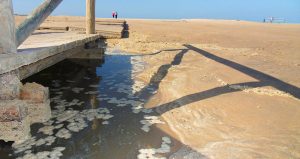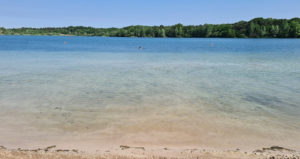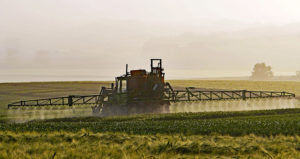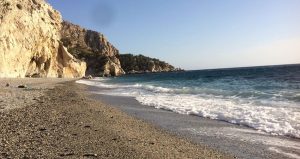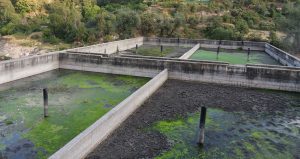EEA: ‘Majority of Europe’s bathing waters in excellent condition’
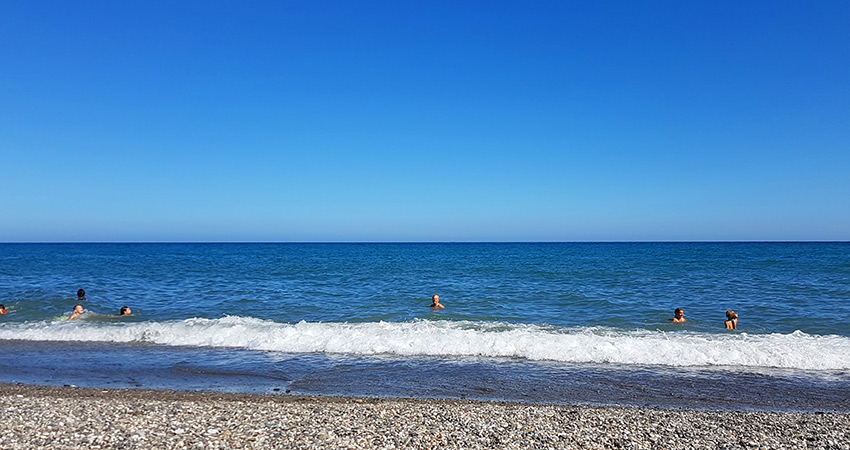
- 15 June 2021
-
Editorial Team
Share article:
Almost 83 % of Europe’s bathing waters met the European Union’s most stringent ‘excellent’ water quality standards in 2020. The annual Bathing Water report from the European Environment Agency (EEA) shows the results of the monitoring of 22. 276 bathing sites across Europe. These cover the EU Member States, Albania and Switzerland.
The share of ‘excellent’ coastal and inland swimming sites has stabilised in recent years at around 85%. In 2020 excellent bathing waters were reduced to 82.8% across Europe. The minimum ‘sufficient’ water quality standards were met at 93% of the sites monitored in 2020. In five countries — Cyprus, Austria, Greece, Malta and Croatia — 95 % or more bathing waters were of excellent quality. The UK was the poorest performer with only 17,2 percent of its waters meeting the excellent standard. To see how the different countries performed in 2020 the interactive map state of bathing waters can be consulted.

Monitoring
The Bathing Water Directive specifies if bathing water quality can be classified as ‘excellent’, ‘good’, ‘sufficient’ or ‘poor’, depending on the levels of faecal bacteria detected. Where water is classified as ‘poor’, EU Member States should take certain measures, such as banning bathing or advising against it, providing information to the public, and taking suitable corrective actions. The results are based on regular monitoring. Attention is paid to turbidity, odor, color and acidity of the water. Also pollution with oil, dirt or unwanted bacteria and the blue-green algae is examined. In the period between May 1 and September 30, 2020, all locations were are tested several times.
EU Law
According to Hans Bruyninckx, EEA Executive Director the quality of Europe’s bathing waters remains high after four decades of action aimed at preventing and reducing pollution. “EU law has not only helped raised the overall quality, but also helped identify areas where specific action is needed.” In 2020, 296 or 1.3 % of bathing water sites in Europe were of poor quality. While the share of poor quality sites has dropped slightly since 2013, problems persist especially in assessing the sources of pollution and putting in place integrated water management measures. At bathing sites for which the origins or causes of pollution are difficult to identify, special studies of pollution sources are needed.
Review Bathing Water Directive
The Commission has recently launched a review of the Bathing Water Directive. The objective is to assess whether the current rules are still fit for purpose to protect public health and improve water quality or if there is a need to improve the existing framework, notably by addressing new parameters. The European Commission conducted an online public consultation among stakeholders from the 4th of March until the 1st of April. During this period 51 stakeholders gave their feedback.
Intensive sampling is needed
Among them are Wim Meijer and John O’Sullivan from the University College in Dublin. They state the current monitoring practice of taking one sample at the compliance point on a day during the bathing season is not fit for purpose. Their own research in Ireland showed intensive sampling over numerous tidal cycles and throughout a number of bathing seasons, that the levels of E. coli and intestinal enterococci can vary significantly throughout the day. The researchers propose to develop predictive models which use environmental data (e.g. weather data, turbidity, stream discharge) as well as water quality data from intensive sampling to predict bathing water quality. This approach enables bathing water users to make an informed choice on when and where they swim.
Feedback from stakeholders
Many Irish people state year round monitoring is needed because people swimming in all seasons is very popular. Veolia pleas for monitoring more pathogens, like for example the norovirus. Water Europe wants to bring legislation in line with the new challenges like plastic pollution, nutrient and chemical pollution. A proposal for a revised Bathing Water Directive is expected in the first quarter of 2023.

